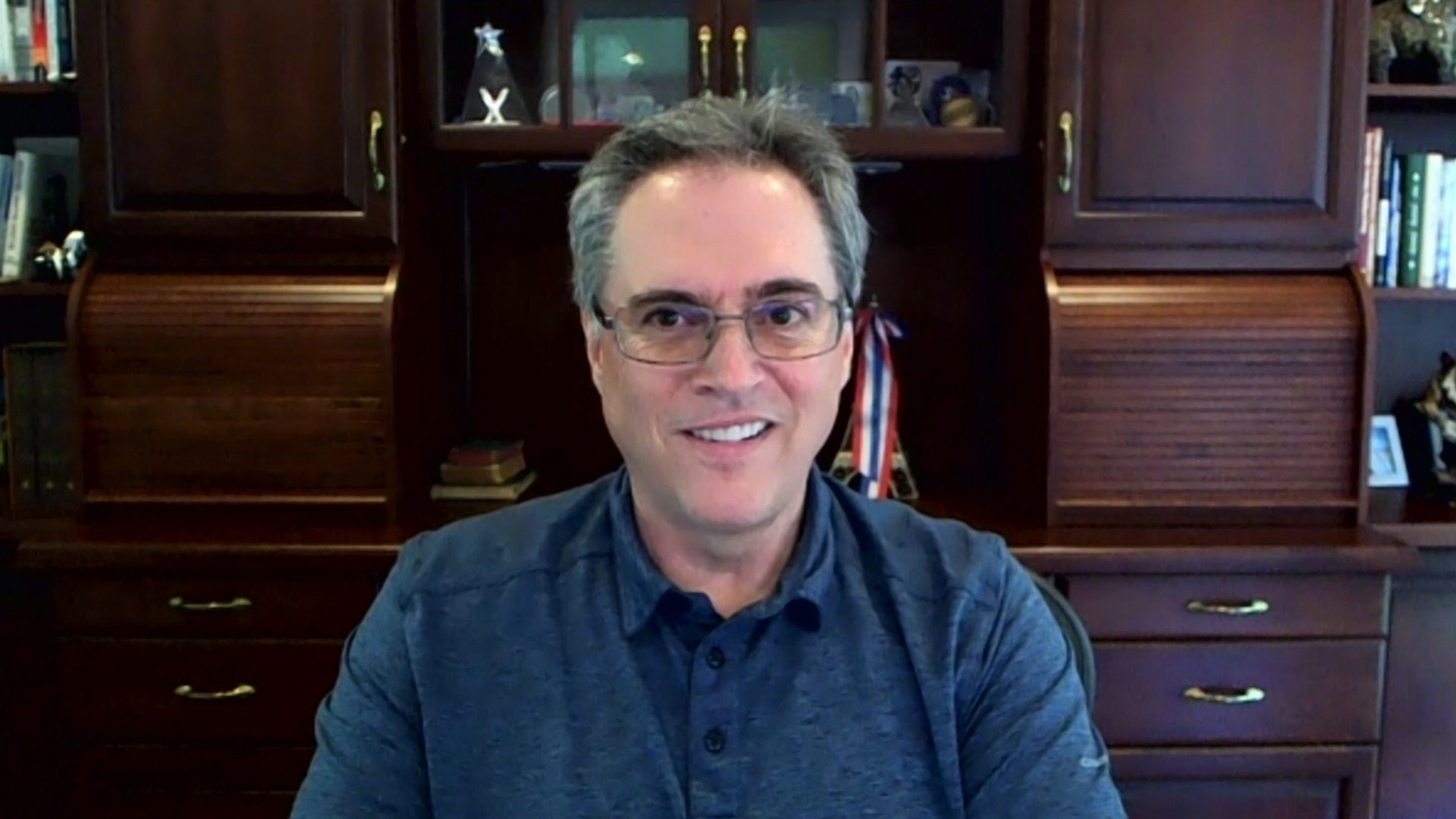 CLOUD
CLOUD
 CLOUD
CLOUD
 CLOUD
CLOUD
The process of database management in the enterprise often involves the convoluted work of sizing, capacity planning and consolidation. In today’s modern IT landscape, this generally means a focus on applications.
Running applications can be complex enough, but if one fails, the recovery process can rapidly become a huge headache. Oracle Corp. provides the remedy with Real Application Clusters.
These clusters, or RACs, allow customers to run a single Oracle database across multiple servers. The benefits of doing this include maximum availability, horizontal scalability and accessibility to shared storage. And user sessions on RAC instances can failover and replay changes during outages without modifying end user applications.
This becomes especially important for businesses with intense transactional loads where any interruption to rebuild an application can be disastrous. Mindful of this, Oracle has built application continuity into its Exadata computing platform for running databases.
“On Exadata, we have a very fast detection of failures and then resolution of the failure,” said Christian Craft (pictured), senior director of product management at Oracle. “Real application clusters run on top of clustered virtual machines on Exadata, and we have integration that optimizes the failover times of that clustering. Applications are not getting disconnected, and they continue operating.”
Craft spoke with Dave Vellante, host of SiliconANGLE Media’s livestreaming video studio theCUBE. They discussed tools to ensure application continuity, sizing and capacity needs in database management, and cost considerations when it comes to availability zones, performance and speed. (* Disclosure below.)
Exposing errors and timeouts to end users in a database can dial up frustration and lost productivity. To address this concern, Oracle included Application Continuity with its release of 12c, the company’s database version officially launched in 2017.
“Application Continuity has been built into Oracle database since 12c,” Craft noted. “It allows the application to follow the rack cluster. When a failure occurs, a transaction will flip to the machine that keeps running, it will reposition all of the work that’s in flight.”
In addition to failure protection, IT organizations must also manage sizing and capacity needs for databases. Determining the correct sizing requirement is necessary for smooth performance and availability, however it should be properly linked to planning for database capacity, according to Craft.
“Sizing is really part of capacity planning,” Craft said. “I look at sizing as a one-time effort, whereas capacity planning is more ongoing. You perform sizing initially when an application is deployed and when you’re changing platforms, like going from on-premises to the cloud. Ongoing, you look at capacity management over time.”
Oracle’s database management approach includes consolidation, an important consideration for running on a common infrastructure to maximize operational efficiency at a lower cost. Why would database consolidation be necessary in the cloud?
“In the cloud you’re running virtual machines, but consolidation still applies on virtual machines,” Craft explained. “If you have a virtual machine that’s dedicated to a database, that database is that server and that virtual machine is going to be underutilized over time. What we’re doing with consolidation is running multiple databases within a virtual machine or, at Oracle, a virtual cluster.”
Oracle’s cloud infrastructure is hosted in localized geographic areas, called regions, and each region contains one or more datacenters. While some cloud providers refer to these datacenters as “availability zones,” Oracle prefers to call them “availability domains.”
The distinction is that Oracle Cloud resources are “availability domain” specific, providing compute instances while being isolated from each other and fault tolerant. They are protected, according to Oracle, because its domains do not share vulnerable infrastructure such as power or cooling.
Oracle makes this distinction because it claims that the availability zone structure used by some cloud providers can swiftly drive up costs, particularly when it comes to creating shadow copies of an operational or primary database, also known as standbys.
“You can run locals, what we call local standby,” Craft said. “If you do that, instead of being three times more expensive, you’re now six times more expensive, because that is another copy of the entire platform on the other availability zone.”
Reducing client cost is a key part of Oracle’s value proposition. The company maintains there is a significant difference between the cost and performance of its offerings and those of its competitors.
“It’s about a third the cost, we’re talking about a more powerful platform and it runs faster,” Craft said. “We’re getting IO latencies in the 19-microsecond range with Exadata. That’s going to be 50 times faster than what you get with these traditional cloud vendors.”
Watch the complete video interview below, and be sure to check out more of SiliconANGLE’s and theCUBE’s CUBE Conversations. (* Disclosure: Oracle Corp. sponsored this segment of theCUBE. Neither Oracle nor other sponsors have editorial control over content on theCUBE or SiliconANGLE.)
Support our open free content by sharing and engaging with our content and community.
Where Technology Leaders Connect, Share Intelligence & Create Opportunities
SiliconANGLE Media is a recognized leader in digital media innovation serving innovative audiences and brands, bringing together cutting-edge technology, influential content, strategic insights and real-time audience engagement. As the parent company of SiliconANGLE, theCUBE Network, theCUBE Research, CUBE365, theCUBE AI and theCUBE SuperStudios — such as those established in Silicon Valley and the New York Stock Exchange (NYSE) — SiliconANGLE Media operates at the intersection of media, technology, and AI. .
Founded by tech visionaries John Furrier and Dave Vellante, SiliconANGLE Media has built a powerful ecosystem of industry-leading digital media brands, with a reach of 15+ million elite tech professionals. The company’s new, proprietary theCUBE AI Video cloud is breaking ground in audience interaction, leveraging theCUBEai.com neural network to help technology companies make data-driven decisions and stay at the forefront of industry conversations.